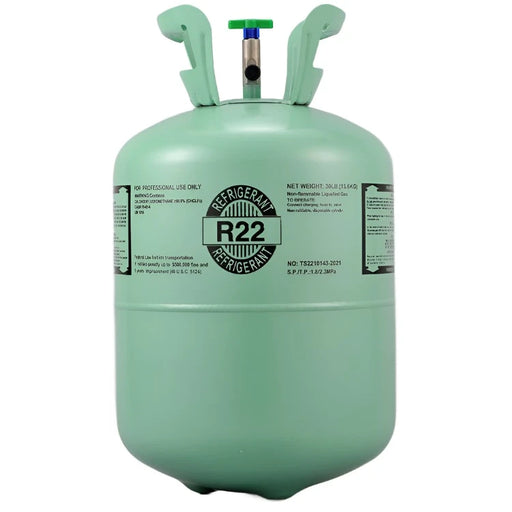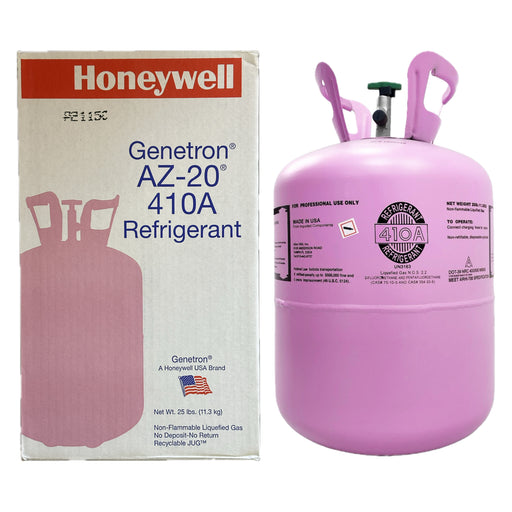As of October 2024, a major port strike is affecting both the U.S. East Coast and West Coast, with dock workers involved in labor disputes over wages, working conditions, and automation. While the West Coast ports (particularly those in California such as Port of Los Angeles and Port of Long Beach) have historically been the epicenter of these disruptions, the East Coast has seen increasing strike activity and labor tension as well, particularly in key ports like New York/New Jersey, Savannah, and Charleston.
What’s Happening:
West Coast Strike (Key Ports: Port of Los Angeles, Long Beach, Seattle, Oakland)
-
Who: Dock workers from the International Longshore and Warehouse Union (ILWU) are involved, demanding higher wages, better working conditions, and assurances about job security amidst automation.
-
Disputes: The main issues behind the West Coast strike revolve around:
-
Wages: Workers are pushing for significant wage increases to offset inflation and cost-of-living hikes.
-
Automation: As automation increases in port operations (e.g., automated cranes and cargo handling), workers fear that jobs will be lost, so they are seeking job security guarantees.
-
Working Conditions: Issues like work hours, health, safety, and workloads are also at the center of the strike.
East Coast Strike (Key Ports: New York/New Jersey, Savannah, Charleston, Miami)
-
Who: Workers from the International Longshoremen's Association (ILA) are also involved in disputes, echoing similar concerns to the West Coast.
-
Disputes: The East Coast strike is often driven by:
-
Wages and Benefits: Workers are asking for wage increases and better health and pension benefits.
-
Contract Negotiations: The ILA is in the process of renegotiating labor agreements, and ongoing disputes over terms are leading to strikes or work slowdowns.
-
Workload and Job Security: Concerns over shifting labor demands, more automation, and changes to work schedules are contributing to tensions.
Potential Impacts and Results of the Strike:
1. Supply Chain Disruptions:
-
Backlogs at Ports: Both coasts are critical to U.S. trade. A strike at one or both coasts creates massive backlogs of ships waiting to be unloaded or loaded, disrupting the flow of goods. While East Coast ports can handle some overflow from the West Coast, their capacity is more limited.
-
Container Shortages: A prolonged strike will lead to a shortage of containers. Since containers are used in global trade, this can ripple out to other regions, affecting global trade flows and shipping schedules.
2. Economic Consequences:
-
Increased Costs: Shipping and logistics costs are expected to rise significantly due to the reduced efficiency of port operations. This could lead to higher consumer prices on imported goods, especially in categories like electronics, consumer goods, and automobiles.
-
Disrupted Retail: Retailers (especially those relying on holiday sales) could face shortages of imported products, such as clothing, electronics, and toys. This will especially affect the holiday season, with shortages on shelves potentially increasing consumer demand and price hikes.
-
Manufacturing Delays: U.S. manufacturers that rely on imports for raw materials and parts, such as auto manufacturers or tech companies, will be hit with production delays. If the strike continues, manufacturers may need to adjust schedules or reroute production lines to mitigate the shortages.
3. Impact on Port Operations and Labor Relations:
-
Diversion of Cargo: Shippers may start diverting cargo to other international ports, such as in Mexico or on the U.S. East Coast. However, the East Coast does not have the same infrastructure to handle the volume that the West Coast ports typically manage. This will likely cause a bottleneck at East Coast ports, and delays will ripple through the supply chain.
-
Job Displacement and Automation Concerns: A key issue in both coast disputes is automation. As more ports invest in automated systems (e.g., automated cranes and robotic truck systems), there are fears of job losses. Workers on both coasts are demanding assurances that automation will not negatively impact their livelihoods. If automation continues without labor agreements in place, it could lead to long-term job displacement in port operations.
4. Global Supply Chain Impact:
-
Global Disruptions: Both the West Coast and East Coast are critical hubs for global trade. Delays or bottlenecks in U.S. ports will cause global supply chain disruptions, particularly with countries in Asia and Europe, which are key trading partners. Countries that rely on U.S. exports (like agricultural products, technology, and machinery) will face delays in receiving goods, while Asian manufacturers will struggle to deliver products to the U.S. market on time.
-
Diverted Shipping Routes: Some shipping companies might reroute cargo to other international ports in Mexico or Europe, which could increase shipping costs and further extend supply chain delays. These detours will increase pressure on other parts of the supply chain and could lead to rising logistics costs globally.
5. Potential Long-Term Shifts:
-
Long-Term Changes in Port Operations: If the strike results in a more favorable outcome for labor (such as more wage increases and job security guarantees), other industries facing automation challenges could take note and potentially face similar labor actions.
-
Increased Investment in Automation: To avoid future labor disruptions, ports may accelerate their investments in automation to reduce reliance on manual labor, though this could heighten tensions with workers if job security is not sufficiently addressed.
-
Shift in Global Trade Routes: If this strike drags on for months, it could accelerate a shift in global trade routes. East Coast ports, particularly Savannah and New York/New Jersey, may see increased demand, while West Coast ports might lose their status as primary entry points for trade between the U.S. and Asia.
Summary of Potential Results:
-
West Coast Impact:
- Major congestion and delays at key ports like Los Angeles and Long Beach.
- Increased shipping costs and potential shortages for businesses, especially retailers and manufacturers.
- Pressure on labor relations regarding automation and job security.
-
East Coast Impact:
- While the East Coast ports (e.g., New York/New Jersey, Savannah, Charleston) may see some rerouted cargo, they are unlikely to fully absorb the volume from the West Coast.
-
Bottlenecks could occur at East Coast ports, causing additional delays and congestion.
- Increased shipping costs could result in price hikes for goods on both coasts.
Conclusion:
The ongoing port strikes on both the East Coast and West Coast are creating significant disruption in U.S. and global trade. While the strike is primarily about labor conditions, wages, and automation, the economic consequences could be widespread, including shipping delays, higher costs for businesses and consumers, and long-term shifts in global trade patterns. Both sides will likely need to negotiate quickly to avoid prolonged disruptions that could further impact the economy and consumer prices.
-Ali









Leave a comment